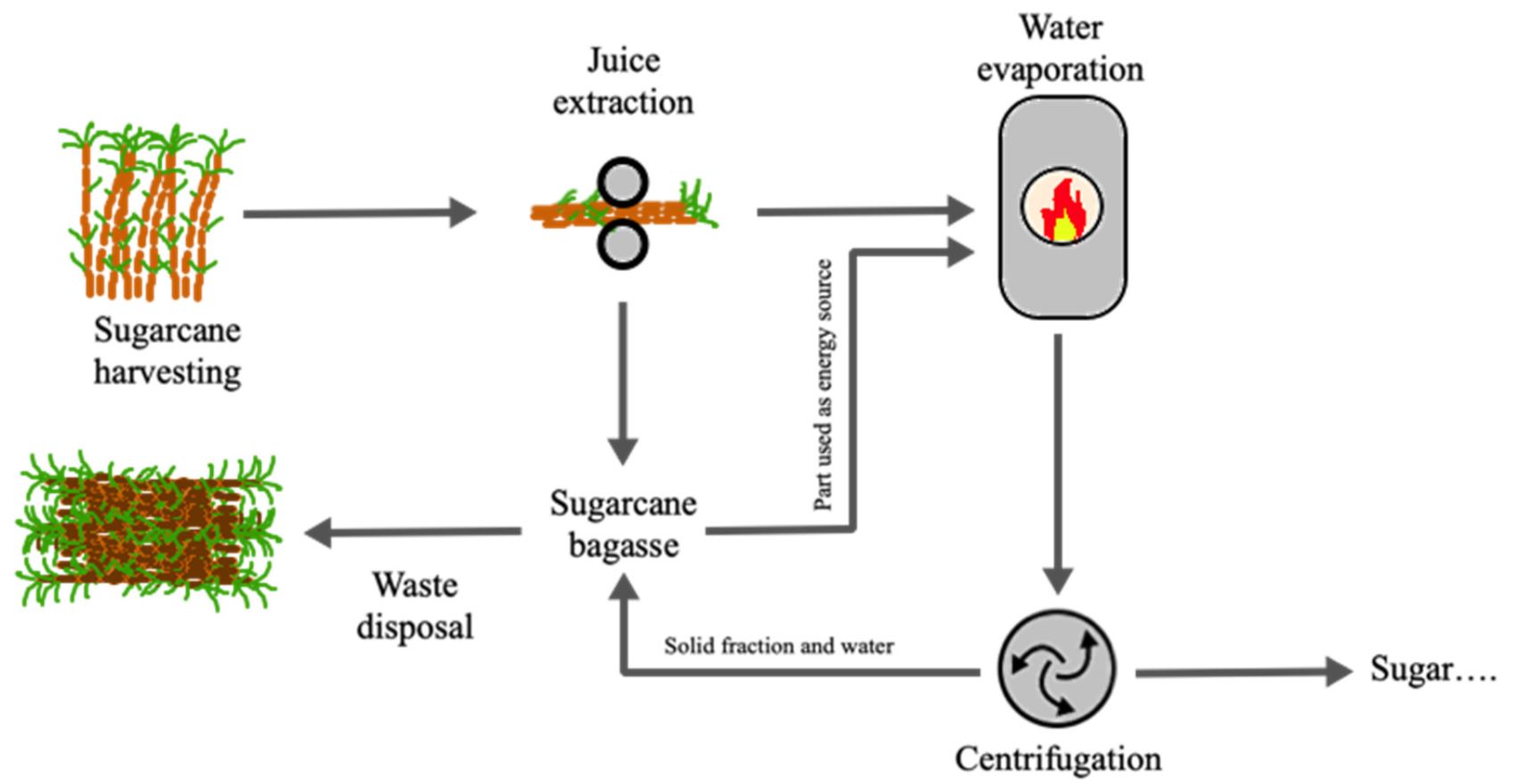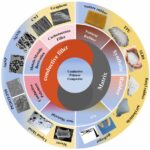 Researchers at the Ulsan National Institute of Science and Technology (UNIST) have developed a fresh approach to producing hydrogen that taps into sunlight and sugarcane waste. Led by Professors Seungho Cho, Kwanyong Seo, and Ji-Wook Jang, the team’s method delivers hydrogen at rates well above the U.S. Department of Energy’s (DOE) commercialisation goals.
Researchers at the Ulsan National Institute of Science and Technology (UNIST) have developed a fresh approach to producing hydrogen that taps into sunlight and sugarcane waste. Led by Professors Seungho Cho, Kwanyong Seo, and Ji-Wook Jang, the team’s method delivers hydrogen at rates well above the U.S. Department of Energy’s (DOE) commercialisation goals.
The process uses silicon photoelectrodes combined with biomass from sugarcane leftovers to generate hydrogen without releasing carbon dioxide. Central to this is furfural, a compound extracted from sugarcane waste. When oxidised at a copper electrode, furfural drives the production of hydrogen and creates furoic acid, a useful byproduct.
This system works on two fronts: silicon photoelectrodes split water molecules to make hydrogen, reaching a production rate of 1.4 millimoles per square centimetre per hour. That’s nearly four times the DOE’s target of 0.36 mmol/cm²·h. The photoelectrochemical (PEC) setup cleverly harnesses sunlight to produce the electrons needed for hydrogen generation.
One challenge was the low voltage (0.6 volts) from the crystalline silicon photoelectrodes. The team solved this by pairing it with furfural oxidation at the opposite electrode, balancing the voltage and enabling hydrogen production without any external power supply.
To keep the system efficient and stable over time, they designed the electrodes with an interdigitated back contact (IBC) structure to cut voltage losses. Protective layers of nickel foil and glass shield the electrodes, while the silicon photoelectrode’s submerged design provides a natural cooling effect, boosting performance compared to traditional setups.
Professor Jang highlighted, “Our technology produces hydrogen from solar energy at a rate four times higher than the DOE’s commercialisation benchmark. This advance is key to making solar hydrogen more economically viable and competitive with fossil fuel-based hydrogen.”








